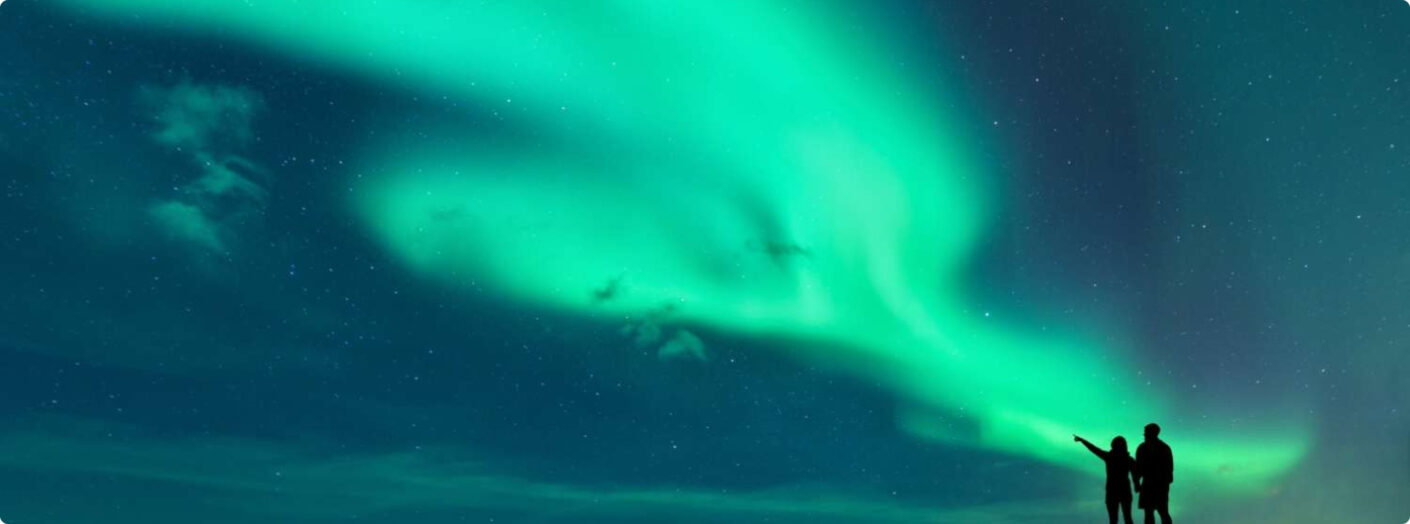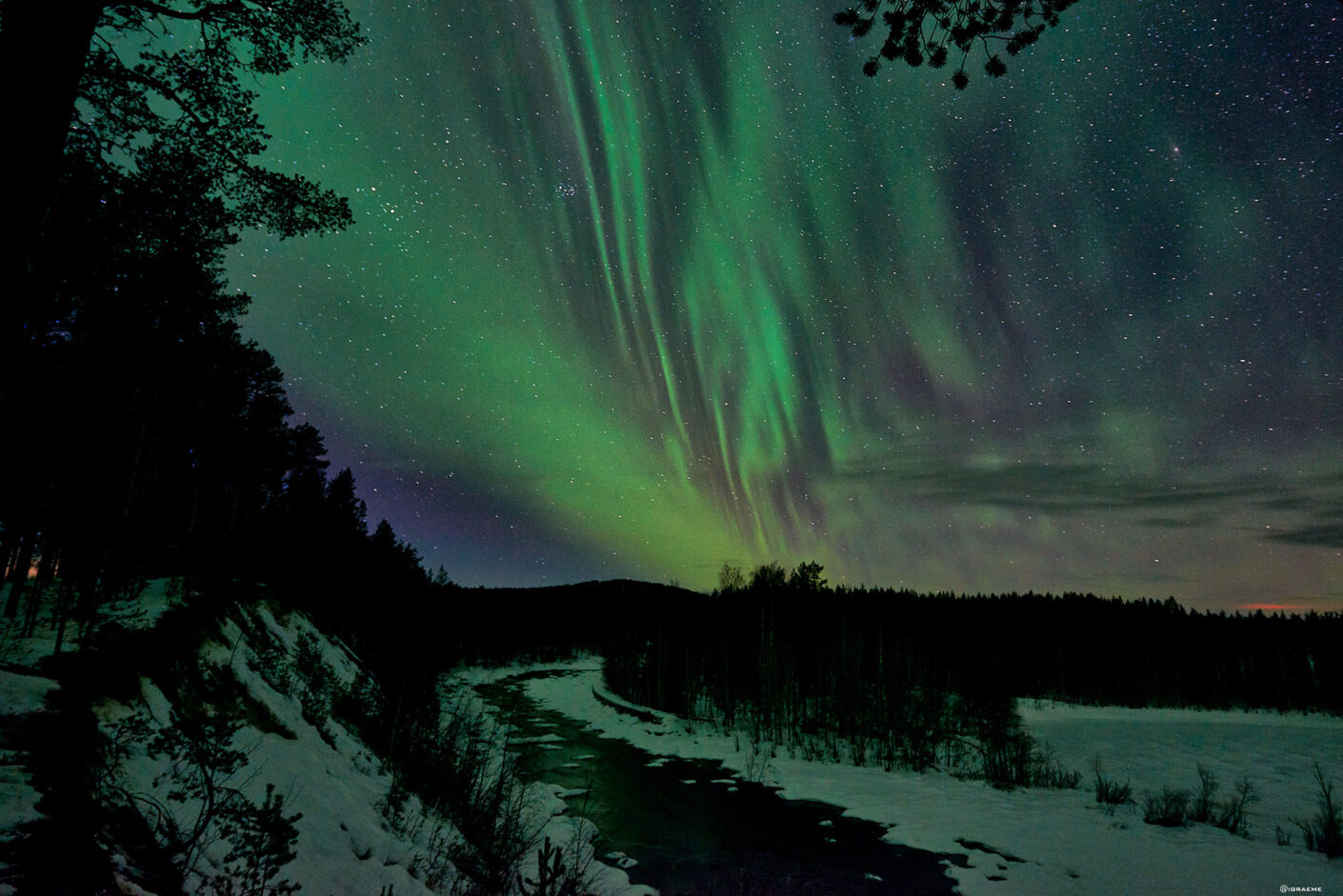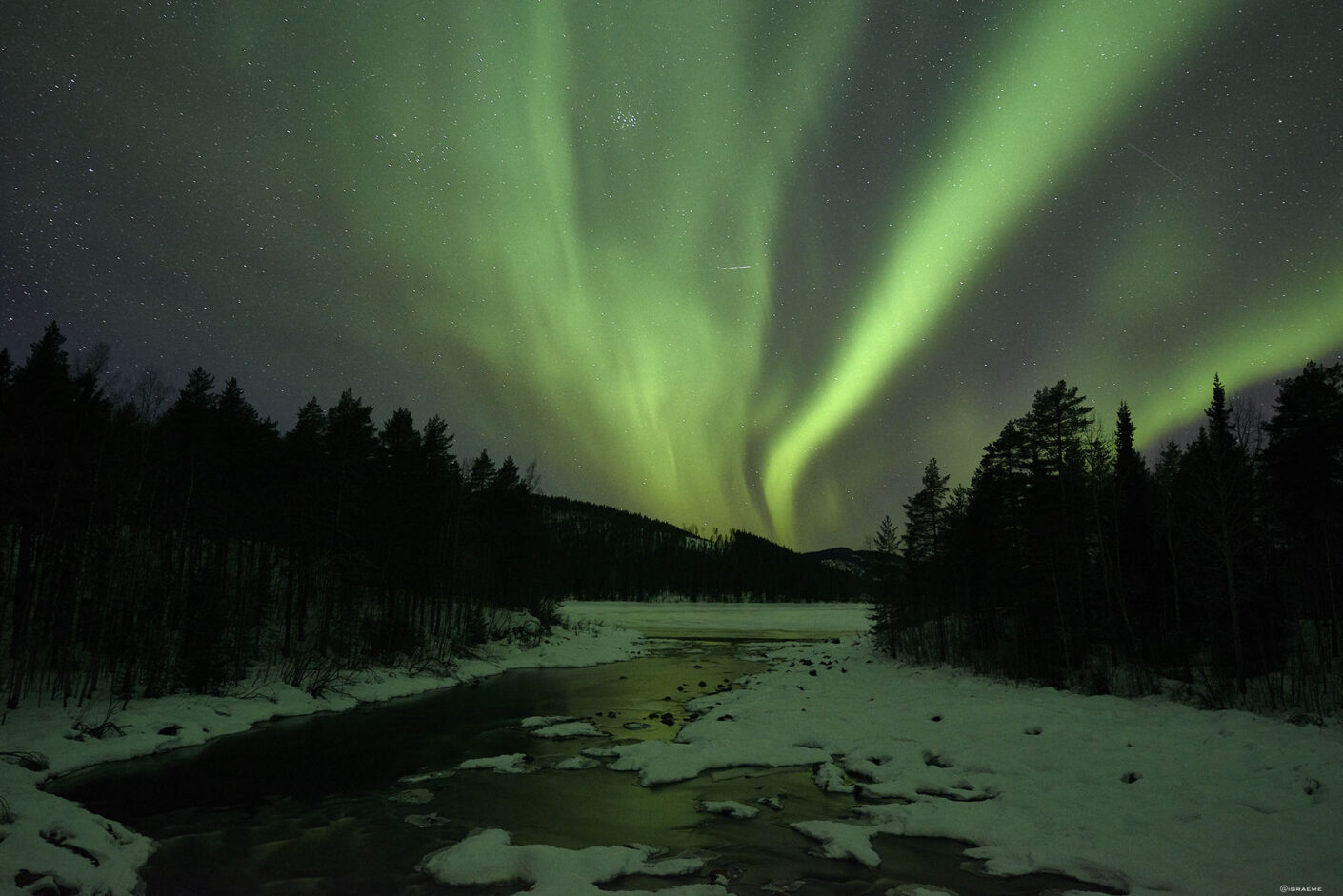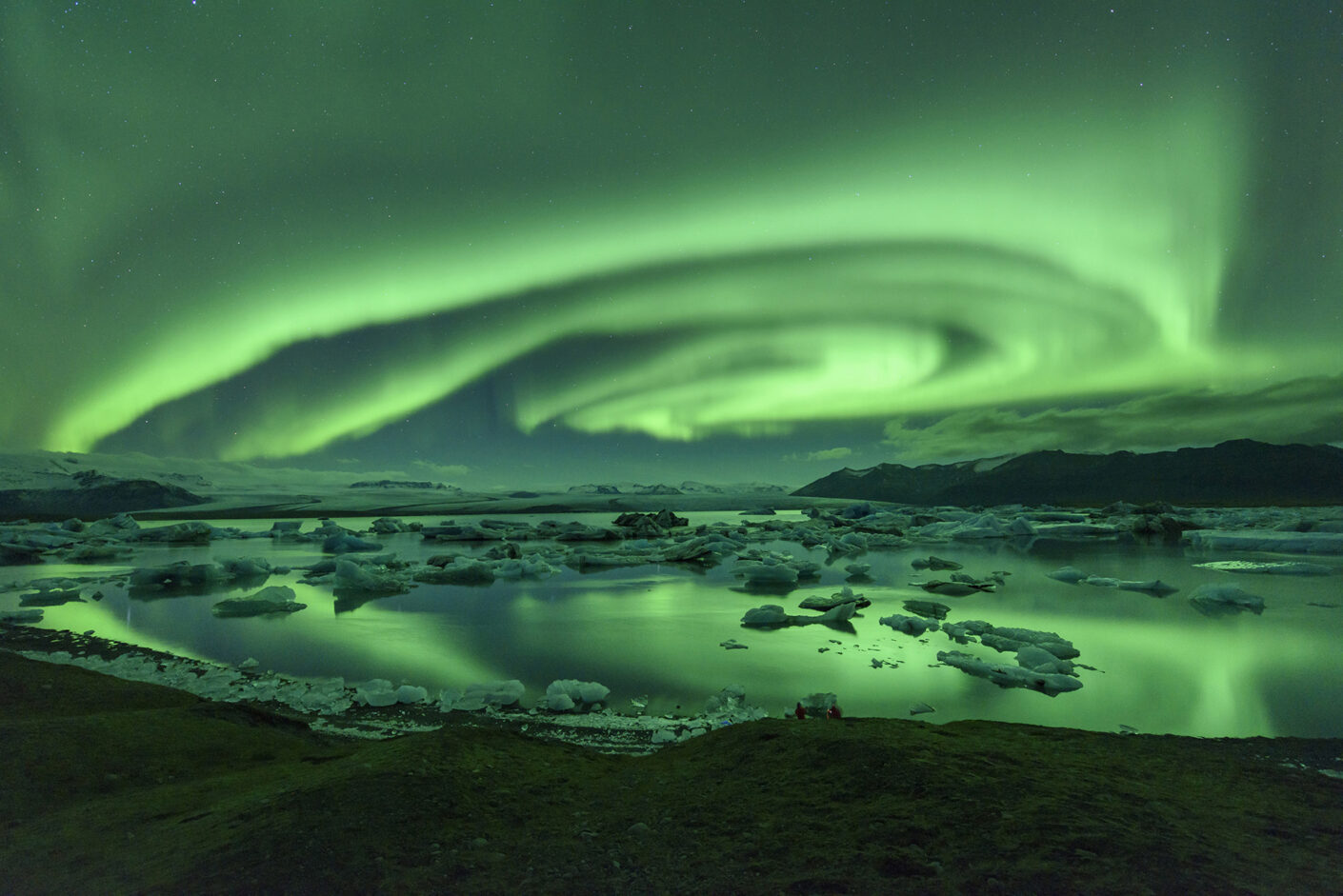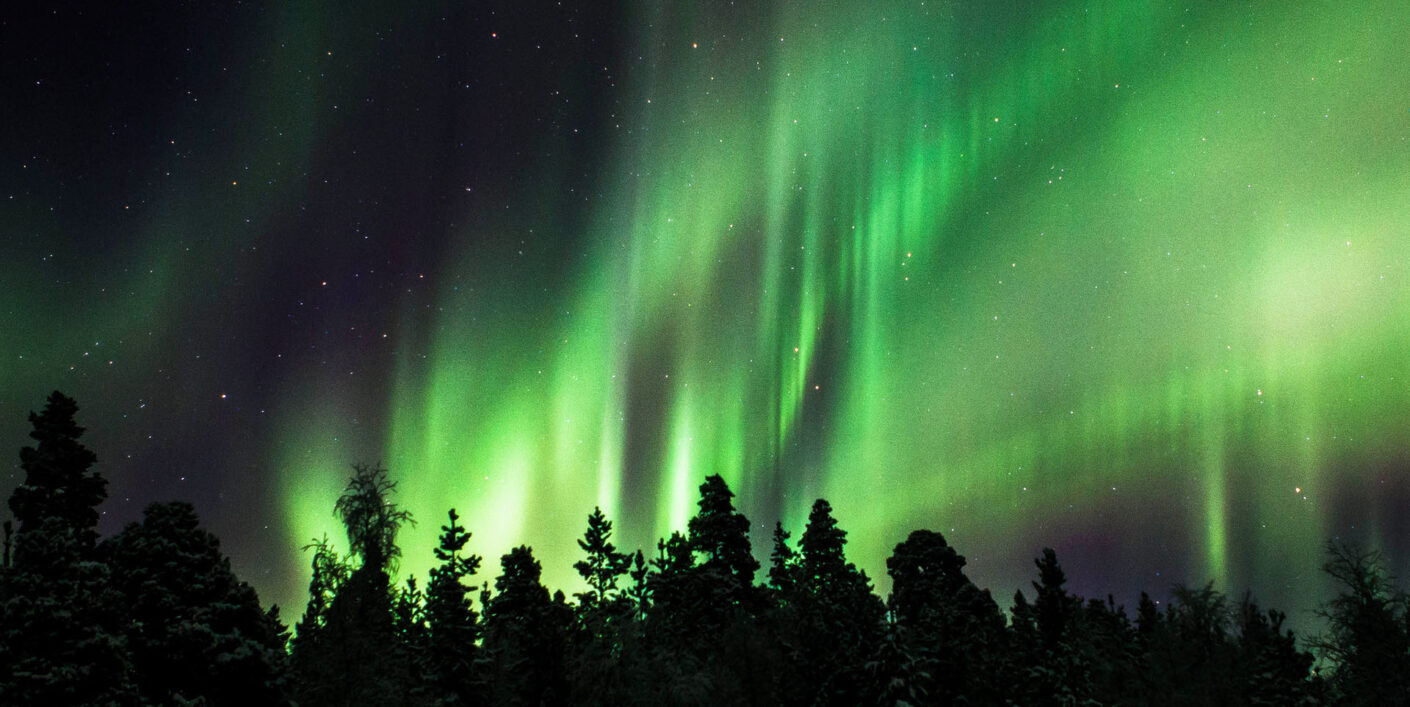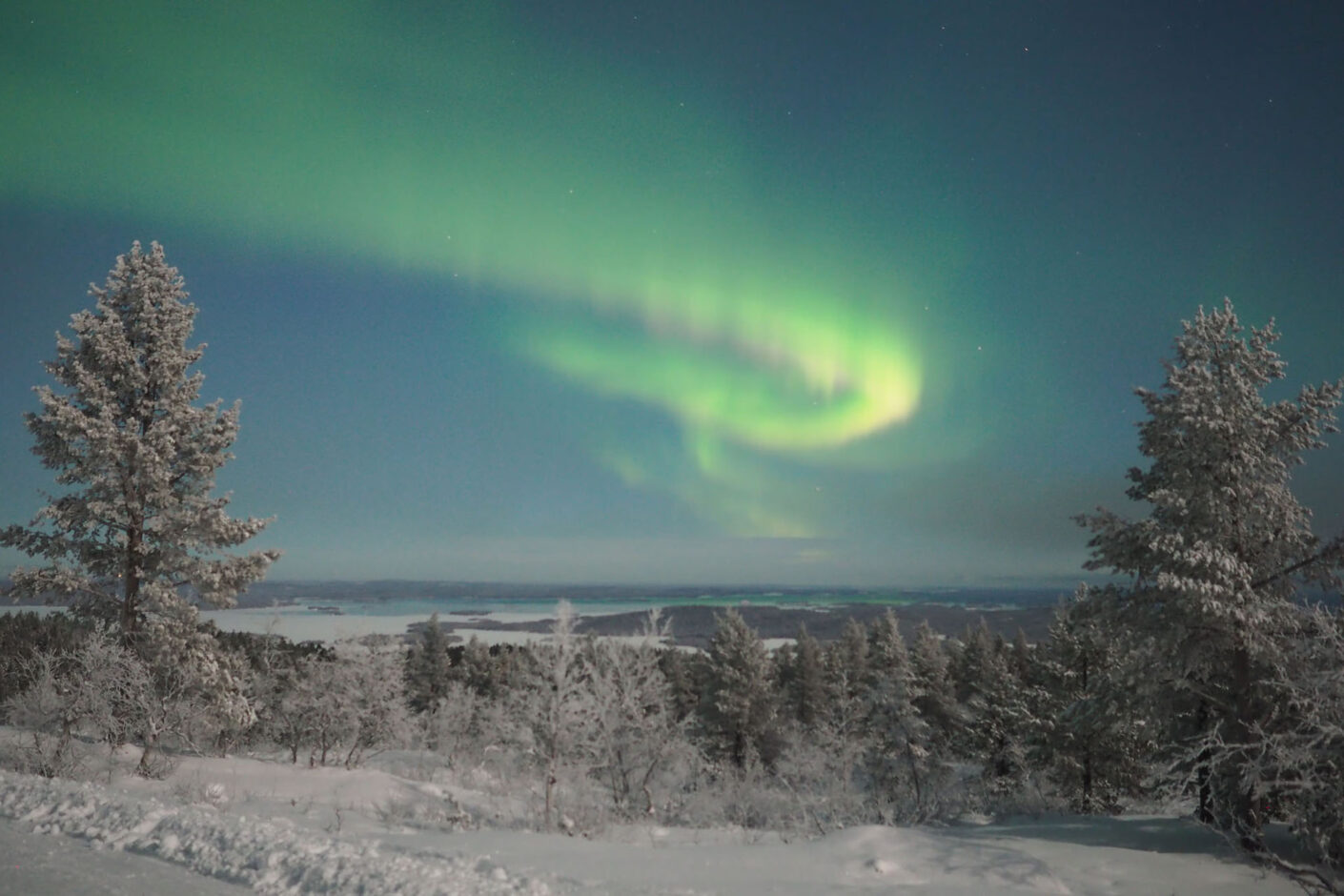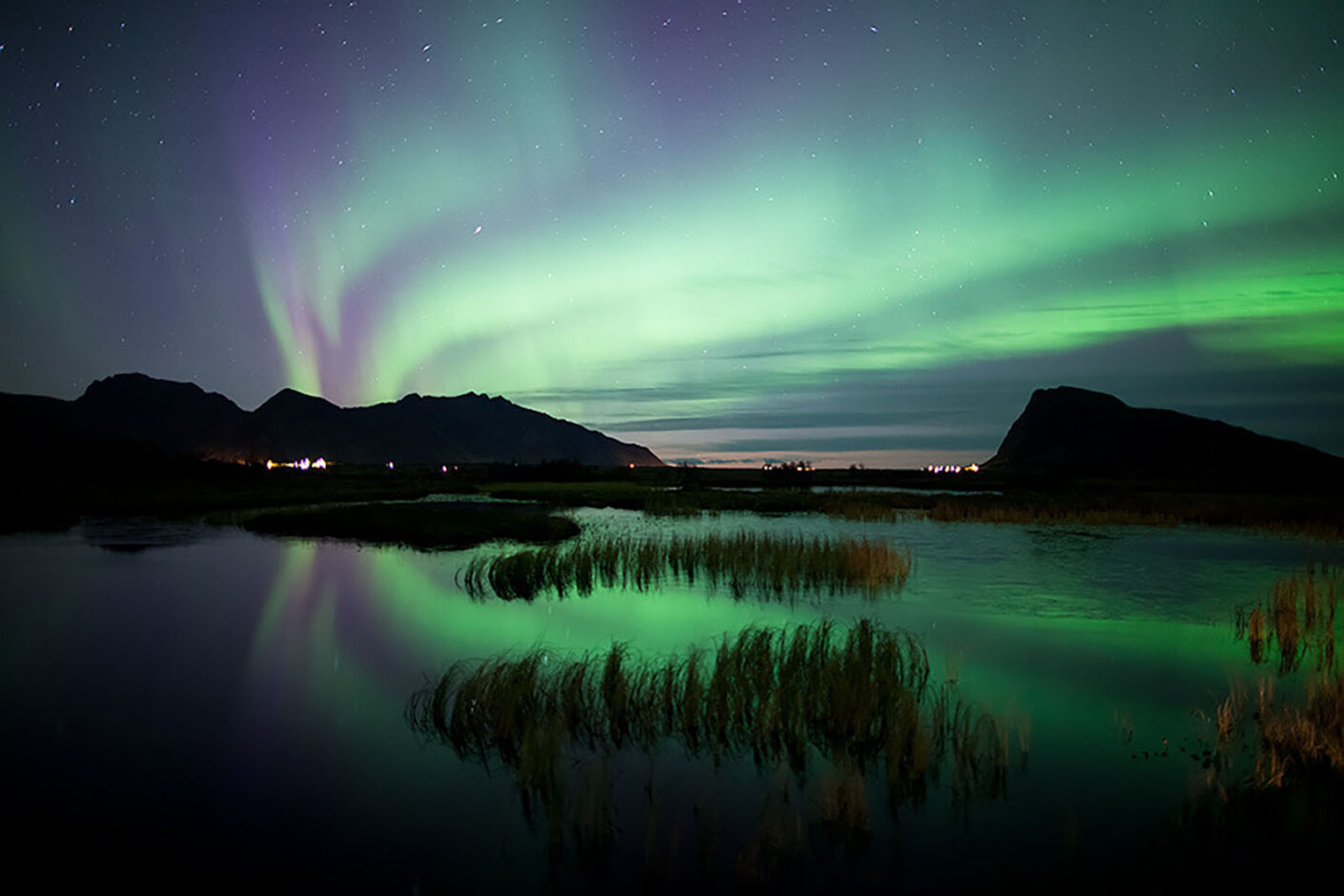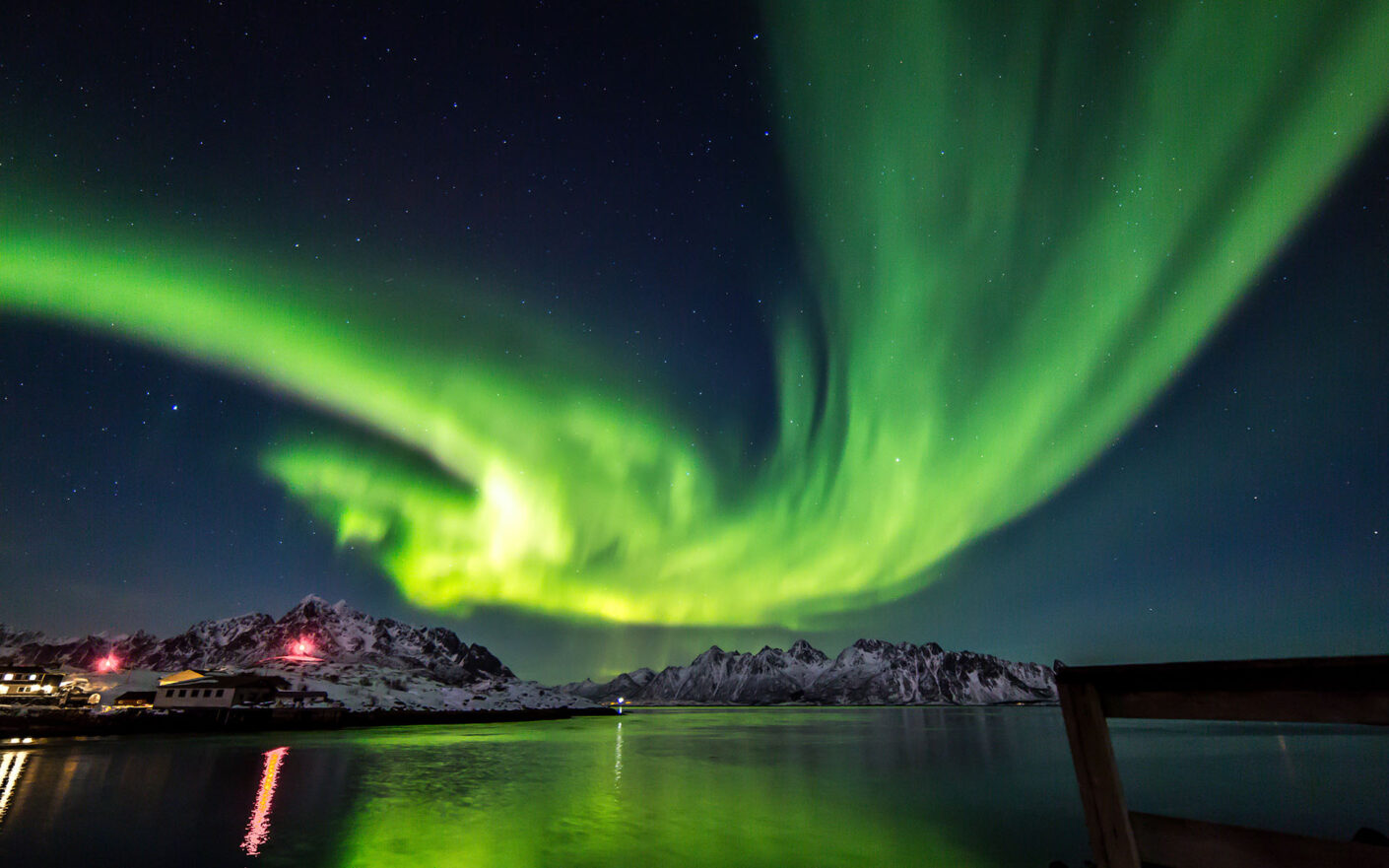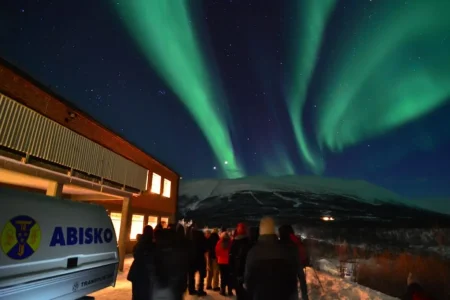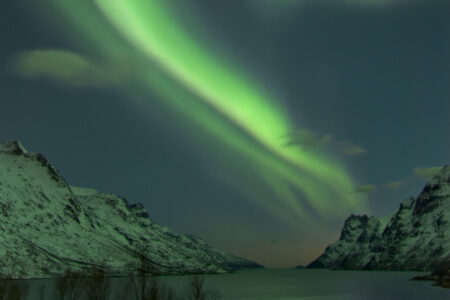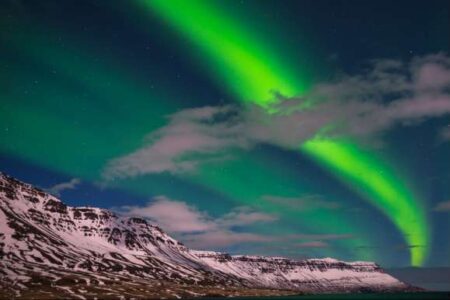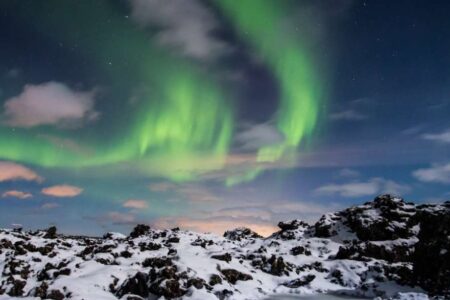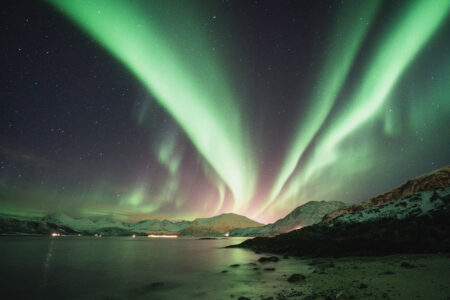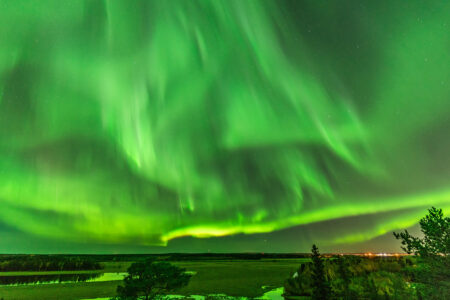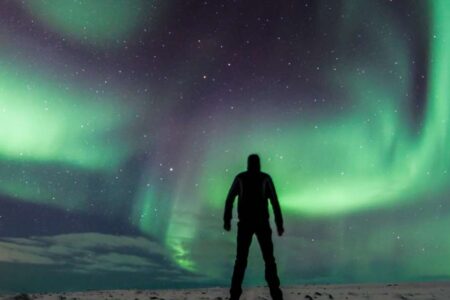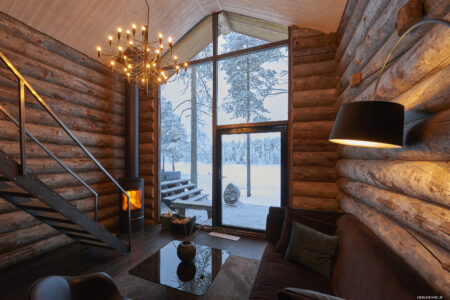Seeing the dancing colours of the northern lights is an experience like no other. But to have the best chance of seeing the aurora, you need to pick the right destination.
Here, to help you plan your aurora holiday, we look at the best places to see the northern lights. We also give you some viewing tips to maximise your chances of catching an impressive aurora display.

The best places to see the northern lights
The best places to see the northern lights lie within or near the Arctic Circle. Here, above a latitude of 66 degrees north, the aurora borealis regularly paints the sky with colour and light.
This region includes Iceland and northern parts of Norway. It also includes the northern parts of Sweden and Finland, known as Lapland.
The northern lights are also often visible in parts of Russia, Canada, Greenland and Alaska.
Understanding the Kp index
We measure the intensity of the northern lights using the Kp index. Understanding the Kp index can help you pick the best aurora borealis destinations.
The Kp index is a scale used to measure the intensity of the northern lights. The index ranges from 0 to 9.
- Kp = 0 to 1: The aurora borealis is only visible very close to the North Pole, in the northernmost regions of Europe, Asia and North America. It isn’t especially bright or active.
- Kp = 2 to 4: The aurora is brighter and more active. It moves further from the poles and is visible across Iceland and the Arctic regions of Sweden, Norway and Finland.
- Kp = 5 to 9: Any Kp above 4 is classed as a geomagnetic storm. The northern lights are visible much further south, in places like Stockholm, Oslo, Helsinki and even northern parts of the UK. And you get particularly impressive aurora displays in northern Europe.
Around 90% of nights in an average aurora season have a Kp of between 1 and 4. The other 10% have a Kp of 5 and above.
Take a look at our aurora Kp map to see where the aurora is visible based on each Kp level.
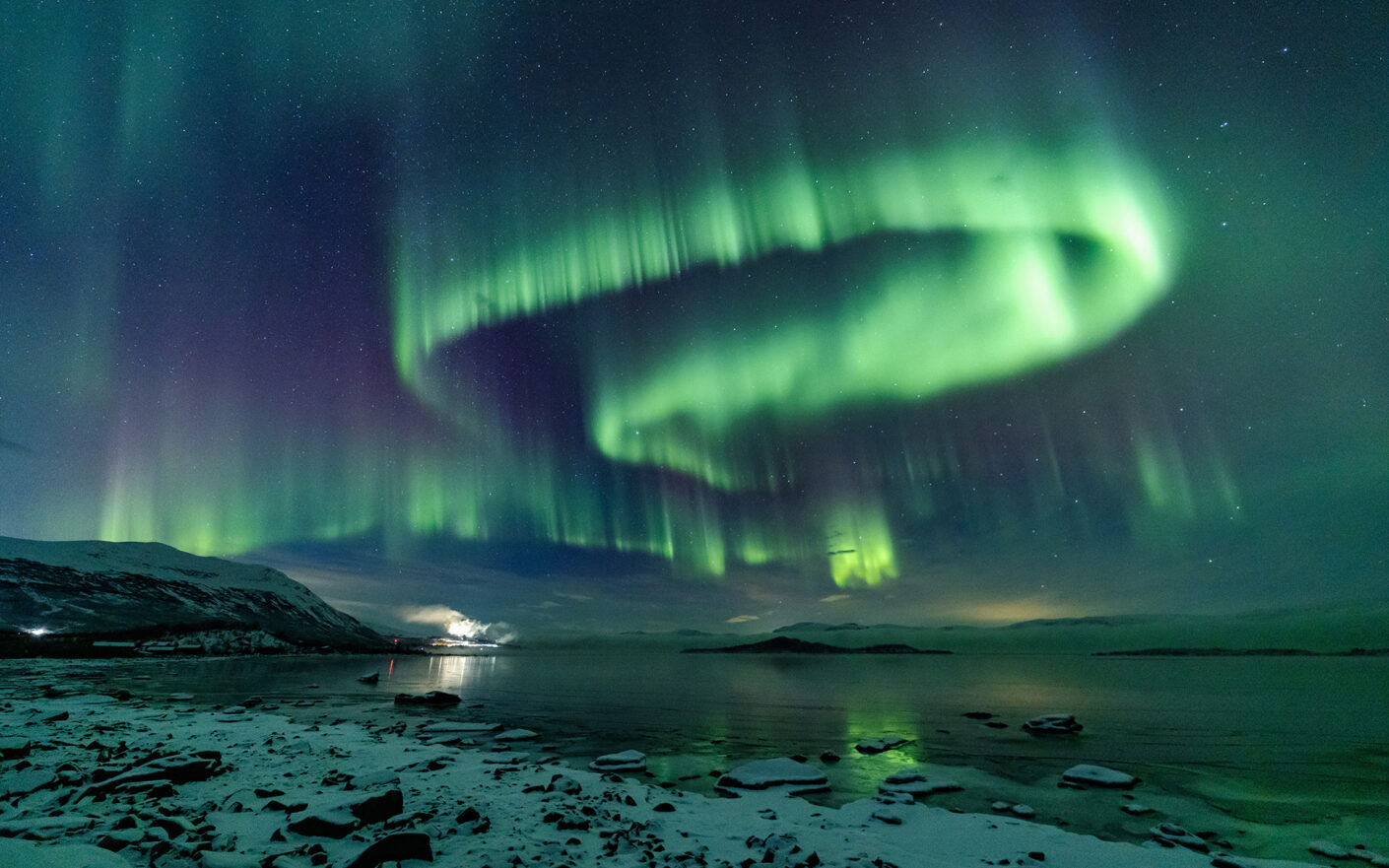
Best time to see the northern lights
It’s not just about location. To maximise your chances of seeing the northern lights, you need to pick the best time and place.
The best time to see the aurora borealis is from September to March. This is when nights grow long in the northern hemisphere so you have more hours of darkness in which to view the northern lights.
You can also plan a trip to coincide with the spring equinox in March or the autumn equinox in September. During times of equinox, the angle of the Earth means the northern lights are more likely to be visible.
How to see the northern lights: tips for getting the best viewing experience
Location and timing are key if you want to see the northern lights. There are a few other factors to consider, too. Take a look at these tips on how to see the northern lights when planning your trip.
Go north
Your chance of seeing the northern lights depends on where you go. You should travel north, to the Arctic Circle. Here, the aurora borealis shines with the greatest frequency and intensity.
Check the solar forecast
The solar forecast gives you a Kp index rating. This tells you the intensity of solar activity and how far south the northern lights are likely to be visible on any given night.
Check the weather forecast
The northern lights may be dancing above. But if it’s a cloudy night, you won’t be able to see them. To track down the northern lights, check the weather forecast to find areas with clear skies. Or travel to places like Abisko that are known for their cloud-free microclimate.
Travel from September to March
You can’t see the northern lights during the day. So to maximise your chances of seeing the aurora, travel to northern lights destinations from September to March. During this time, nights are long, which means more hours of aurora hunting.
Seek out dark skies
Travel away from the bright lights of towns and cities and you’re more likely to see the aurora. Places out in the Arctic wilderness are ideal. So stay in a wilderness lodge or — if you want to stay in a town or city — travel to remote regions each evening.
Pick places with good views of the night sky
If you’re out in the countryside, chances are you’ll have great views of the night sky. But for a truly spectacular experience, pick hilltop or lakeside locations.
Travel with an expert aurora guide
A good aurora guide has expert knowledge of the local area. They’re also skilled at reading solar and weather forecasts to find the best northern lights locations.
Book with our northern lights travel agency — Aurora Nights — and your aurora guide will take you on exciting northern lights excursions each night. Our guides are skilled at finding cloud-free skies out in the Arctic wilderness, where the aurora shines brightest.
Find your once-in-a-lifetime northern lights trip
Let the travel experts at Aurora Nights tailor a northern lights trip just for you, including your choice of destinations, accommodation and activities.
Best places to see the northern lights: FAQs
What is the best time and place to see the northern lights?
The best time to see the northern lights is between September and March when nights are long and dark.
The best place to see the northern lights is above a latitude of 66 degrees north. Northern lights countries include Iceland, Finland, Norway and Sweden.
Why are the northern lights only in the north?
The northern lights are created by solar particles from the sun. These particles are captured by Earth’s magnetic fields and directed towards the north and south poles.
Northern regions close to the North Pole experience intense and colourful aurora displays. But solar activity has to be very strong for us to see the northern lights further south.
What countries can you see the northern lights from?
You’re most likely to see the aurora borealis in countries that are close to the North Pole. This includes Finland, Sweden, Norway, Iceland, Greenland, Canada and Russia. It also includes the state of Alaska in the USA.
At times of high solar activity, you can sometimes view the northern lights further south, in countries like Scotland, England, Ireland, the USA, Germany and Denmark. However, it’s very rare to experience bright aurora sightings in these countries.
Should I choose Iceland or Norway for a northern lights trip?
You have a good chance of seeing the northern lights in both Iceland and Norway. Both countries offer winter activities, like snowmobiling and husky sledding. They’re also famed for their whale-watching excursions.
So which destination should you choose for your northern lights trip?
Travel to Iceland if you want to see dramatic volcanic scenery and bathe in thermal springs. Travel to Norway if you’d like to visit the city of Tromsø, sail on the fjords and visit the famous Lofoten Islands.
Should I choose Finland or Sweden for a northern lights trip?
The northern regions of Finland and Sweden — known as Finnish Lapland and Swedish Lapland — are excellent places to see the aurora borealis.
In both countries, you can embark on husky sledding, snowmobiling and ice fishing adventures. You can also get to know Sámi culture.
So what sets these two northern lights destinations apart?
In Sweden, you’ll find unforgettable accommodation, like the Ice Hotel and the Tree Hotel. You can also travel to Abisko National Park — one of the best places to see the aurora, thanks to its unique microclimate.
In Finland, you can stay at exceptional log cabin and glass igloo accommodation. You can also visit Santa and his elves — and warm up after a day in the snow in a traditional Finnish sauna.
Our most popular northern lights holidays
Our northern lights holidays start from £4,000 per person — including activities and excluding flights. A 6-8 night luxury aurora holiday ranges from £6,000 to £9,000 per person.
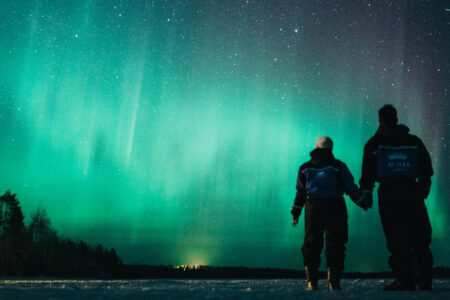
Classic short breaks in Finland
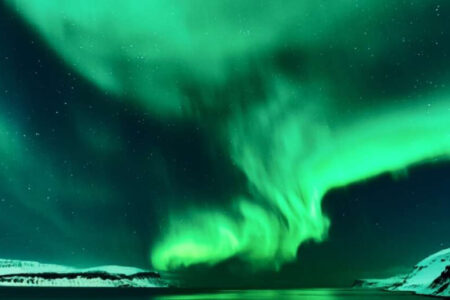
Classic Short Breaks in Iceland
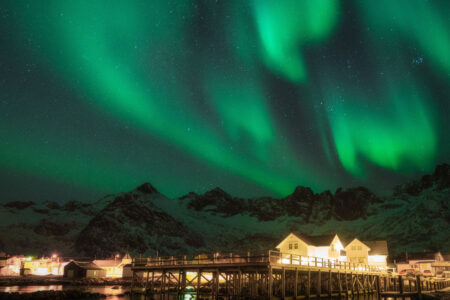
Classic Short Breaks in Norway
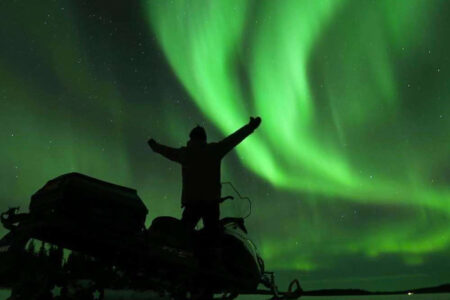
Classic short breaks in Sweden
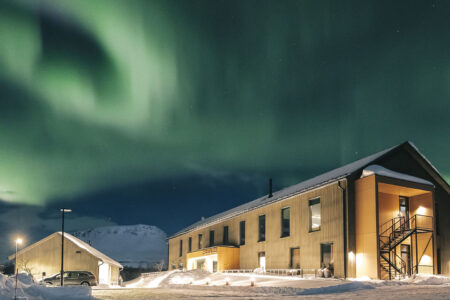
Exclusive aurora holidays in Finland

Exclusive aurora holidays in Iceland
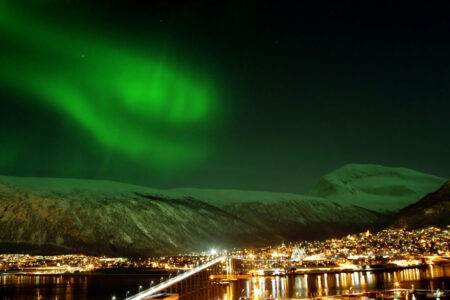
Exclusive aurora holidays in Norway
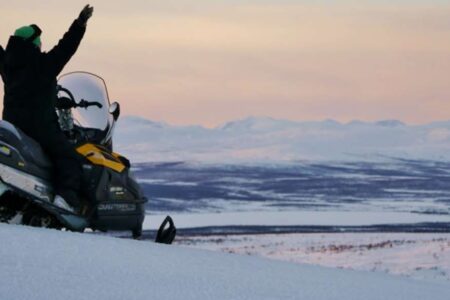
Exclusive Northern Lights holidays in Sweden
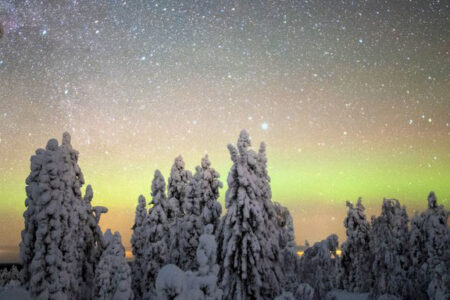
Glass igloo holidays in Finland

Self-drive tours in Iceland
Ready for an aurora adventure?
Book with Aurora Nights, the northern lights holiday experts. Tell us what’s on your wish list and we’ll plan a personalised aurora tour, just for you.
